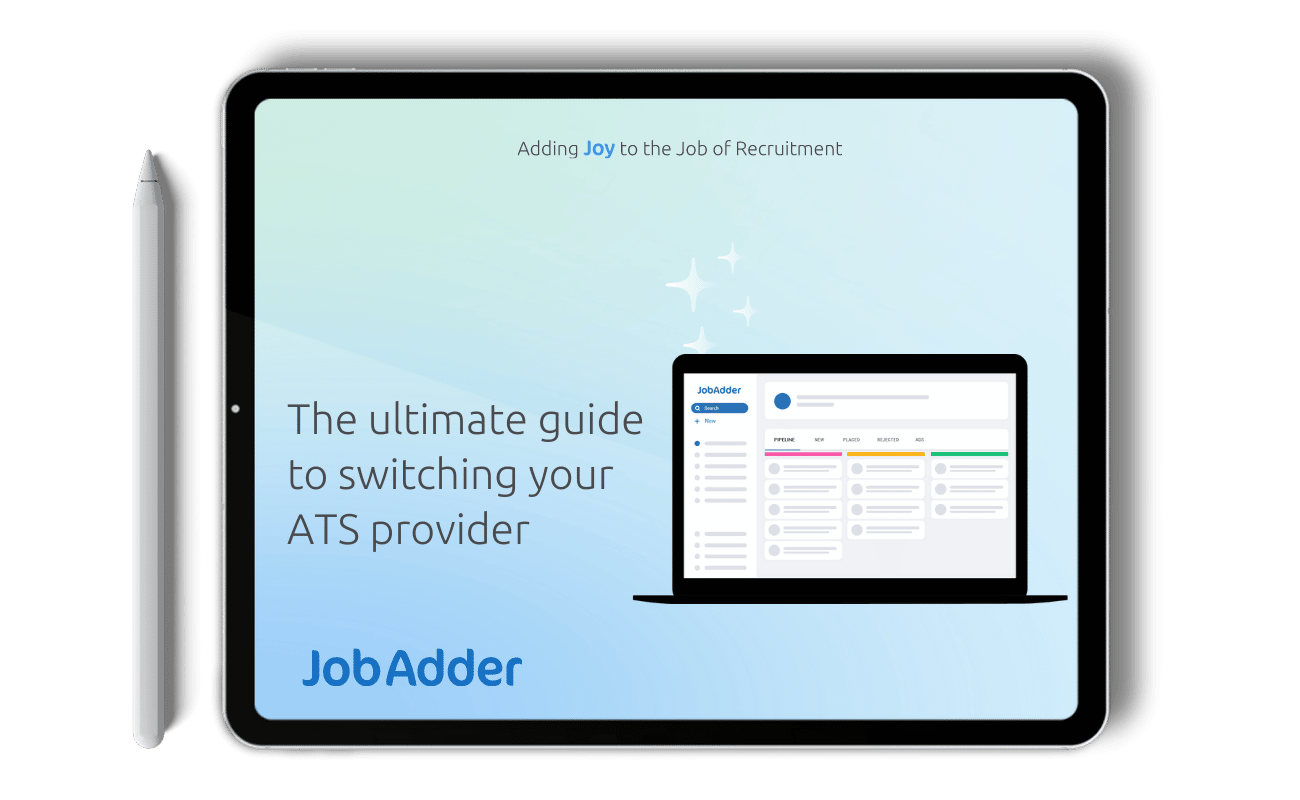Recruitment Blog
Why integrations are crucial in your recruitment tech stack

Integrations must be the backbone of your recruitment tech stack, as automation without integrations is just a half measure.
Imagine taking the bus from home to the office. But at every traffic light, the bus stops and you have to get out, let the bus leave, wait for another bus, jump on that and then repeat the process until you are finally home. It wouldn’t be a smooth and efficient journey, would it?
The concept of automation without integration works the exact same way (and will yield similar frustrations).
Having siloed recruitment tools that don’t speak to each other means the process gets halted at every step, waiting for manual intervention to pull and push information from one system to the next before the process can start again.
This slows the whole process down, often involves hours of manually pairing fields and ensuring applicant information is pulling across correctly from one system to another. As a result, you have no single source of truth and waste money on systems that don’t speak to each other.
What you want is a relay race. With each recruitment tool seamlessly transferring information to another system to push applicants through the recruitment process with as little intervention or manual work by recruiters as possible.
It’s the difference between automating a single step in the recruitment process and then having a hard stop, versus automating the entire candidate journey.
There are even tools, like smartAI, that keep candidates in your talent pool warm once they have applied with you. It’s an example of an integration with your database that automates the process of reaching out to each one of your applicants on a regular basis, enabling the automatic updating of each applicant’s availability, CVs and COVID-19 vaccination status, so that you can continue reaching out to them for other job roles too (or at least have clarity that they are no longer job hunting).
A great example of this is the JobAdder and smartAI integration and how it sits within a larger candidate data flow:
- A recruitment agency uses JobAdder
- This integrates into a job board network to distribute your job ads
- The response to those ads triggers the smartAI recruitment chatbot to reach out to those candidates
- Data is collected and the chatbot screens those candidates based on their responses, which means all candidates get some sort of response from us within an hour.
The chatbot, in turn, is integrated with a self-scheduling interview tool, Calendly, and an onboarding platform, initiating the interaction with both.
The onboarded platform is integrated with an automated referencing tool, as well as our Health assessment platform and a time and attendance tool. And just to keep everything on track, post-employment, the chatbot can monitor various expiry dates on items such as visas and licences to ensure we maintain full compliance.
This empowers recruiters significantly. The first time they need to engage with a candidate would be during an interview. Imagine the value of automating the entire pre-interview process.
For one blue-collar multi-branch recruitment agency over a six-month period, this resulted in:
- 5,600 equivalent ‘recruiter hours’ saved
- 153 jobs managed through such an integration
- 16,800 candidates screened
- 9,200 candidates shortlisted
- 2,547 interviews & onboardings organised
- 14x ROI
The key takeaway here is that automating your recruitment is only half the battle if you haven’t made sure your recruitment tools speak to each other through integrations.
Without it, you won’t experience the same benefits and your recruiters will spend time populating fields and pulling .csv files from one system to another. It’s messy, time-consuming and could impact data integrity. Not to mention the impact it has on candidate experience. If you would like to learn more about the smartAI and JobAdder integration, you can read more here.
Not sure what’s involved in switching your ATS? Download our step-by-step guide.

Related blog posts

To excel in the competition for top talent, proactive workforce planning is essential. Traditional methods struggle to adapt to evolving …
Ready to get started?
Talk to one of our friendly team members


